History of Asia
Dated to the Pre-Pottery Neolithic, between c. 9500 and 8000 BC, the site comprises a number of large circular structures supported by massive stone pillars – the world's oldest known megaliths.The Achaemenid dynasty of the Persian Empire, founded by Cyrus the Great, ruled an area from Greece and Turkey to the Indus River and Central Asia during the 6th to 4th centuries BC.Later, in Darius the Great's rule, the territories were integrated, a bureaucracy was developed, nobility were assigned military positions, tax collection was carefully organized, and spies were used to ensure the loyalty of regional officials.The religion banned animal sacrifice and the use of intoxicants in rituals; and introduced the concept of spiritual salvation through personal moral action, an end time, and both general and Particular judgment with a heaven or hell.The Persian Empire was successful in establishing peace and stability throughout the Middle East and were a major influence in art, politics (affecting Hellenistic leaders), and religion.The Maurya and Gupta empires are called the Golden Age of India and were marked by extensive inventions and discoveries in science, technology, art, religion, and philosophy that crystallized the elements of what is generally known as Indian culture.It was one of the world's largest empires in its time, stretching to the Himalayas in the north, what is now Assam in the east, probably beyond modern Pakistan in the west, and annexing Balochistan and much of what is now Afghanistan, at its greatest extent.[11] Further reforms included new irrigation projects, the encouragement of silk manufacturing,[11] and (most famously) the beginning of the construction of the Great Wall of China—designed to keep out the nomadic raiders who'd constantly badger the Chinese people.Marco Polo was not the first Westerner to travel to the Orient and return with amazing stories of this different culture, but his accounts published in the late 13th and early 14th centuries were the first to be widely read throughout Europe.Muslims saved and spread Greek advances in medicine, algebra, geometry, astronomy, anatomy, and ethics that would later finds it way back to Western Europe.During this time, pastoral peoples whose land had been cleared to make way for the growing agricultural economy were accommodated within caste society, as were new non-traditional ruling classes.The Vijayanagara Empire based in the Deccan Plateau region of South India, was established in 1336 by the brothers Harihara I and Bukka Raya I of the Sangama dynasty, patronized by saint Vidyaranya, the 12th Shankaracharya of Sringeri in Karnataka.271–272 Greatly supporting the spread of Buddhism was Empress Wu, who additionally claimed an unofficial "Zhou dynasty" and displayed China's tolerance of a woman ruler, which was rare at the time.274 Although the revolt failed, subduing it required involvement with the unruly nomadic tribes outside of China and distributing more power to local leaders—leaving the government and economy in a degraded state.However, in the wake of the 735–737 Japanese smallpox epidemic, Buddhism gained the status of state religion and the government ordered the construction of numerous Buddhist temples, monasteries, and statues.The imperial government's loss of control in the second half of the Heian period allowed banditry to grow, requiring both feudal lords and Buddhist monasteries to procure warriors for protection.The Khmer Empire effectively dominated all Mainland Southeast Asia from the early 9th until the 15th century, during which time they developed a sophisticated monumental architecture of most exquisite expression and mastery of composition at Angkor.Archaeological findings from 1965, which are still under research, show the remains of two hominins closely related to the Sinanthropus, dating as far back as the Middle Pleistocene era, roughly half a million years ago.The need to have a single authority to prevent floods of the Red River, to cooperate in constructing hydraulic systems, trade exchange, and to repel invaders, led to the creation of the first legendary Vietnamese states approximately 2879 BC.The rebellion was however defeated, but as the Han dynasty began to weaken by late 2nd century and China (中国) started to descend into state of turmoil, the indigenous peoples of Vietnam rose again and some became free.During these 1,000 years there were many uprisings against Chinese domination, and at certain periods Vietnam was independently governed under the Trưng Sisters, Early Lý, Khúc and Dương Đình Nghệ—although their triumphs and reigns were temporary.At various points during the imperial dynasties, Vietnam was ravaged and divided by civil wars and witnessed interventions by the Song, Yuan, Cham, Ming, Siamese, Qing, French, and Empire of Japan.Japan invaded in 1940, creating deep resentment that fuelled resistance to post-World War II military-political efforts by the returning power of France, and the United States who had viewed themselves as fighters for liberty and democracy against the red waves of communism.The fine arts grew in the Ming era, with improved techniques in brush painting that depicted scenes of court, city or country life; people such as scholars or travelers; or the beauty of mountains, lakes, or marshes.By the 1580s, Jesuit scholars like Matteo Ricci and Adam Schall amazed the Chinese elite with technological advances such as European clocks, improved calendars and cannons, and the accurate prediction of eclipses.[22]: p.All the significant monuments of the Mughals, their most visible legacy, date to this period which was characterised by the expansion of Persian cultural influence in the Indian subcontinent, with brilliant literary, artistic, and architectural results.The emperor had no choice but to sue for peace, resulting in the exile of Lin and the making of the Treaty of Nanking, which ceded the British control of Hong Kong and opened up trade and diplomacy with other European countries, including Germany, France, and the USA.The European powers had control of other parts of Asia by the early 20th century, such as British India, French Indochina, Spanish East Indies, and Portuguese Macau and Goa.During the Cold War, the northern parts of Asia were communist controlled with the Soviet Union and People's Republic of China, while western allies formed pacts such as CENTO and SEATO.[43][44][45] Also, this period saw one of the largest mass migrations anywhere in modern history, with a total of 12 million Hindus, Sikhs and Muslims moving between the newly created nations of India and Pakistan (which gained independence on 15 and 14 August 1947 respectively).



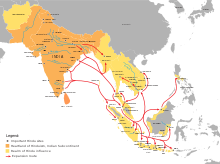






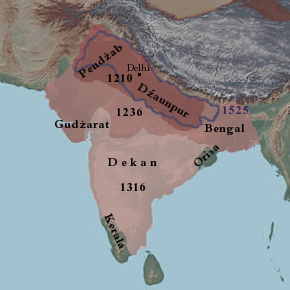





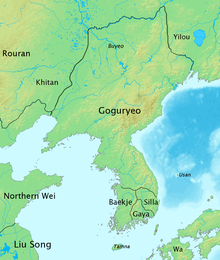
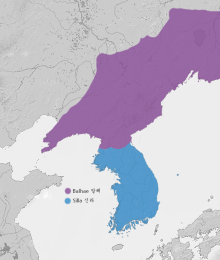

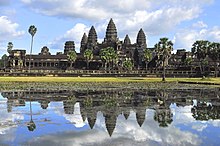
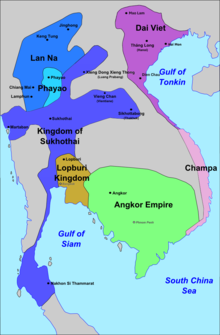




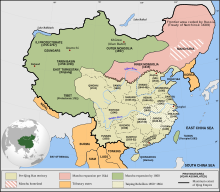


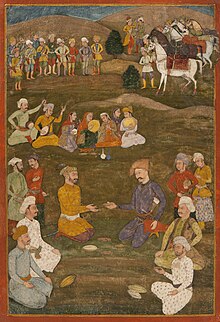
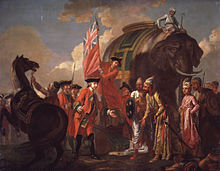


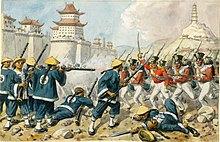






Silk RoadEast AsiaSouth AsiaSoutheast AsiaMiddle EaststeppeHistory of the Middle EastHistory of the Indian SubcontinentMesopotamiaancient Indiaancient ChinaSiberiatundraCaucasusHimalayaKarakum DesertGobi Desertspread of IslamIslamic Golden AgeTimurid RenaissanceIslamic gunpowder empiresgunpowderMughalsSafavidshengesGöbekli TepeTurkeyStonehengePrehistoric AsiaSettled lifeIndus RiverIndus Valley CivilisationNeolithicSoutheastern Anatolia RegionPre-Pottery Neolithicmegalithsprehistoric Beifudi siteCishanXinglongwaTaihang MountainsHalafianLebanonIsraelAnatoliairrigationAncient Near EastLate Bronze Age collapseChalcolithicBronze AgeIndus Valley civilizationHarappaMohenjo-daroVedic periodSanskritHinduismVietnamIron AgeAxial AgeFirst Persian EmpireAchaemenid dynastyPersian EmpireCyrus the GreatGreececentralized governmentDarius the GreatZoroastrianismZoroastermonotheismend timegeneralParticular judgmentheavenAlexander the GreatHellenistic periodSeleucid EmpireParthian EmpireSassanid EmpireRoman EmpireSeleucidParthianSassanidGreater IndiaBuddhismHindu settlements and polities in Southeast AsiaBactriaChandragupta MauryaMaurya EmpireHimalayasPakistanBalochistanAfghanistanTamilakamPandyansCholasCherasAshokaKushan EmpireGupta EmpireMaharaja Sri-GuptaZhou dynastyWestern ZhouChinesepinyinWade–Gilesfeudal systemMandate of Heavenhuman sacrificeChinese languageYangtze RiverConfuciusConfucianismTaoismyin and yangWarring States periodQin dynastyQin Shi HuangSouth China SeaLegalismHan dynastysimplified Chinesetraditional ChineseEmperor Wu of HanPax RomanaCentral AsiaCommon EraYellow Turban Rebellion

